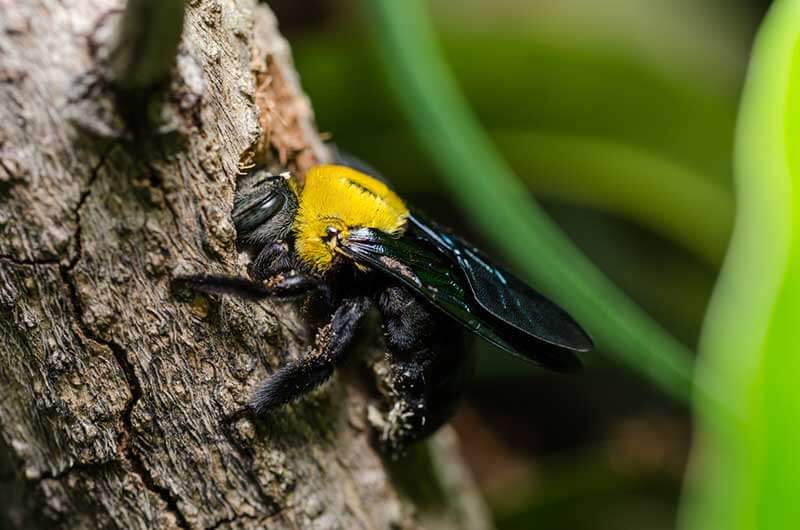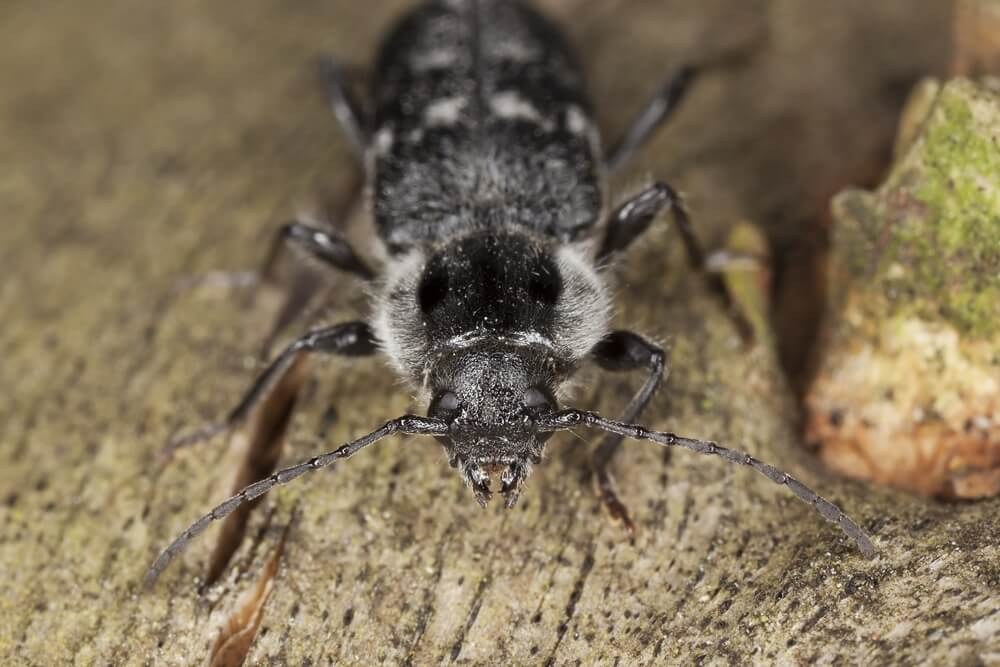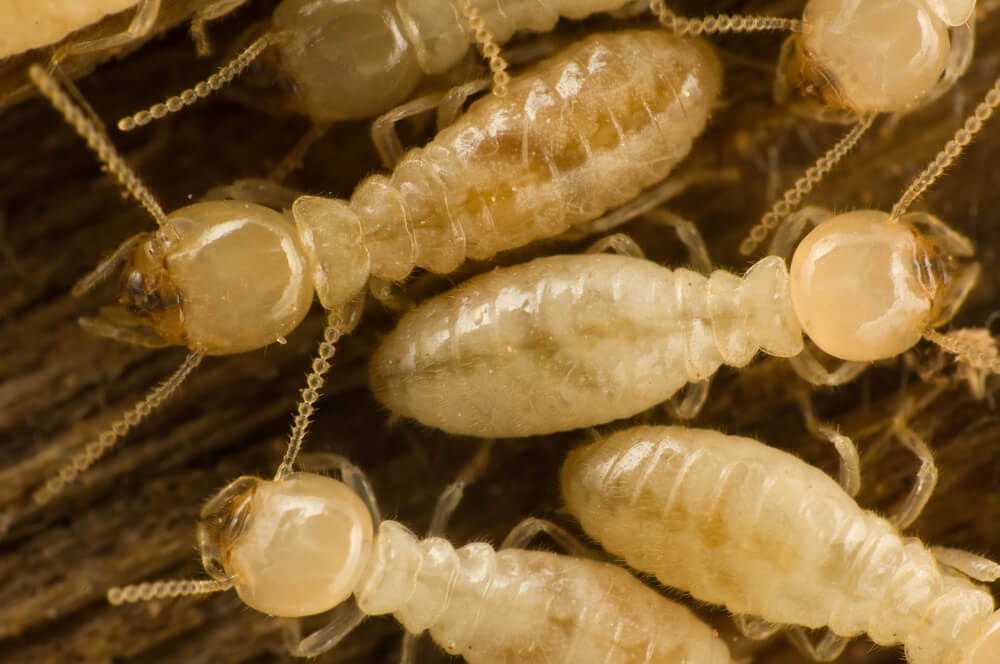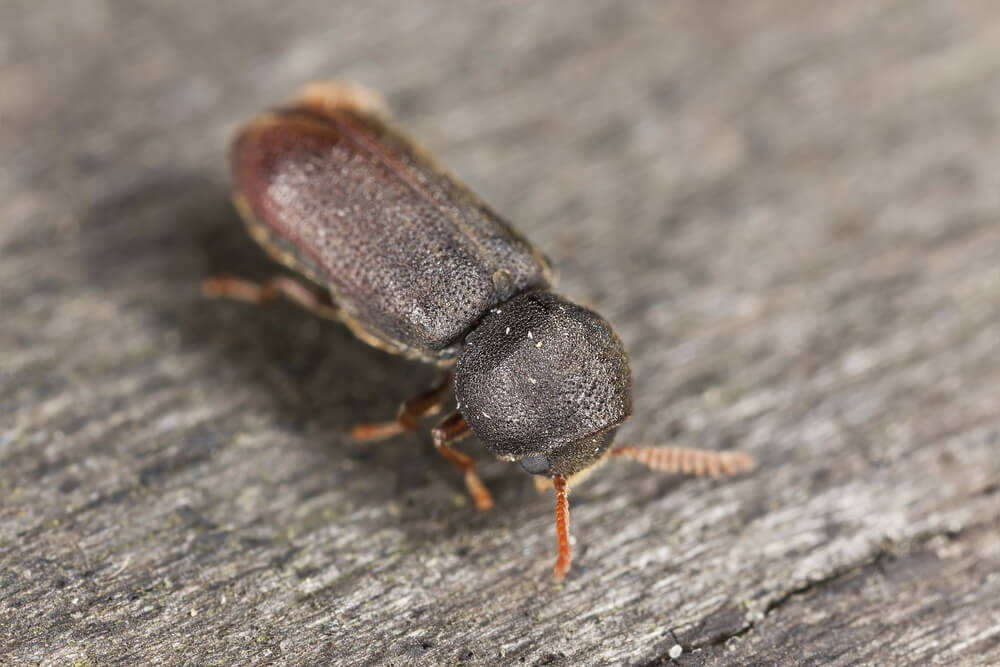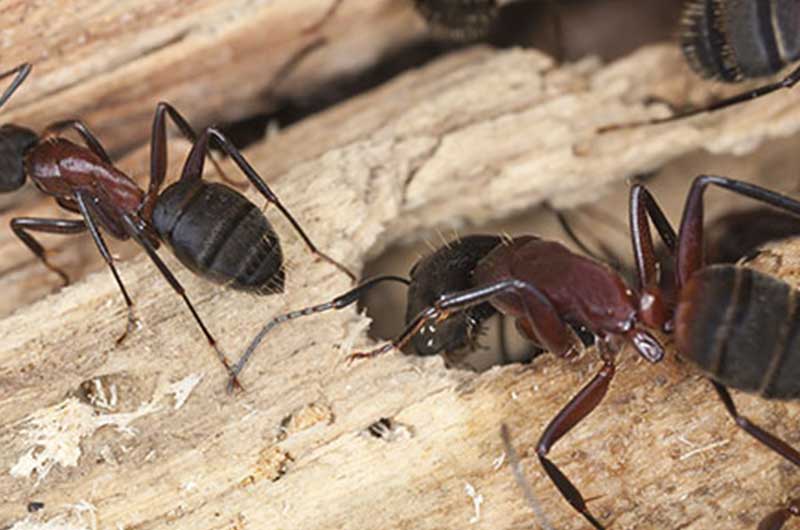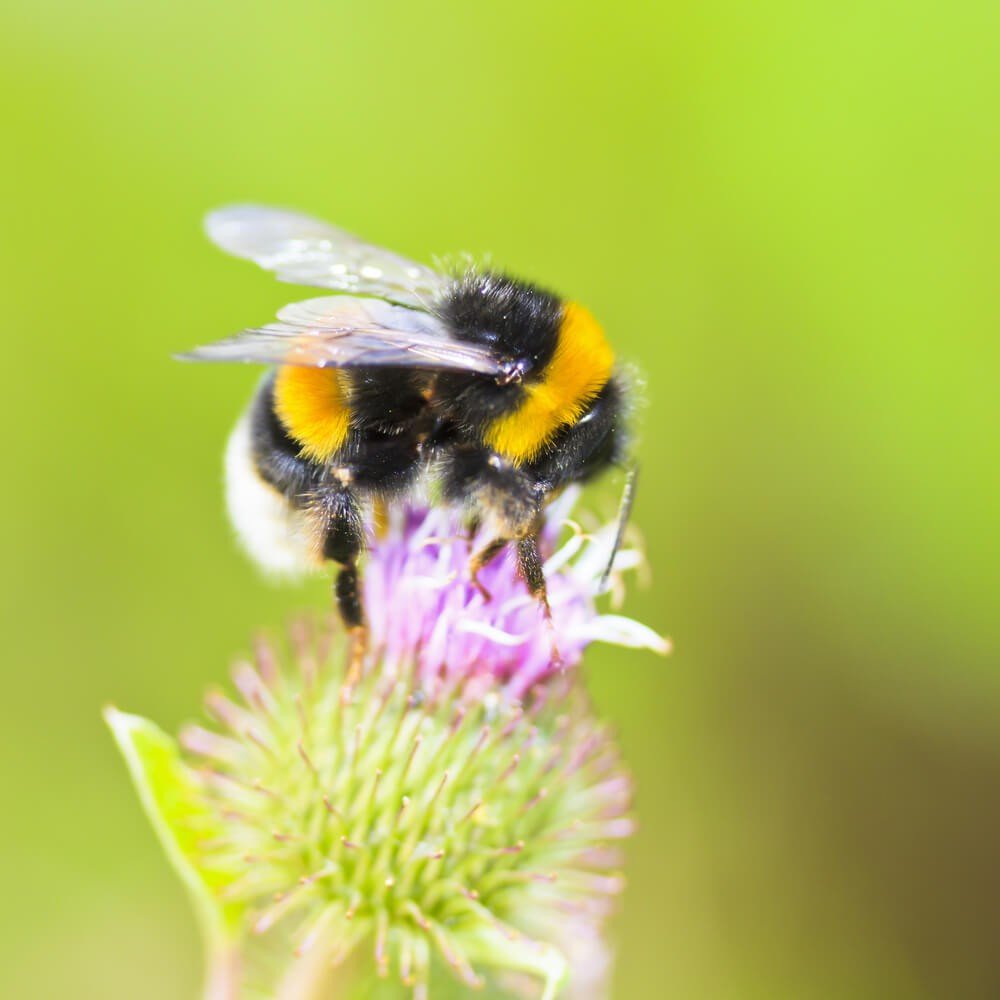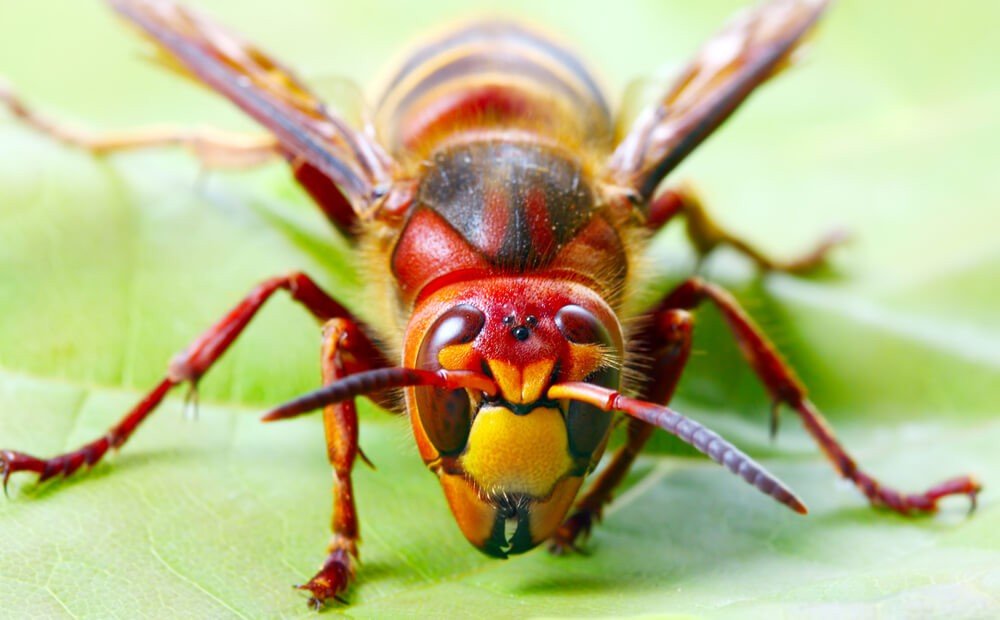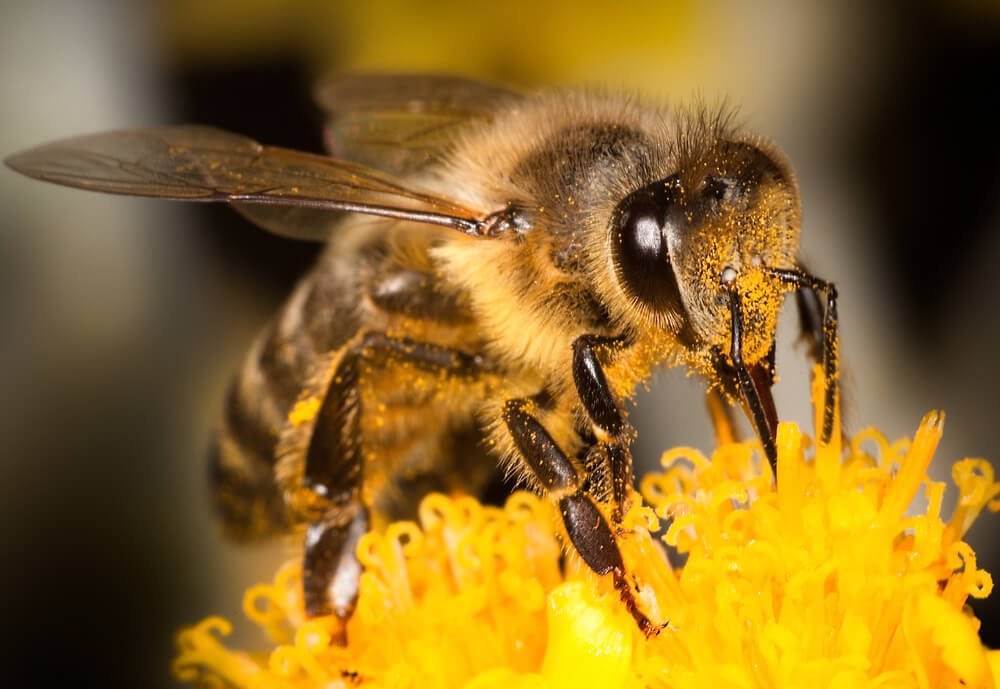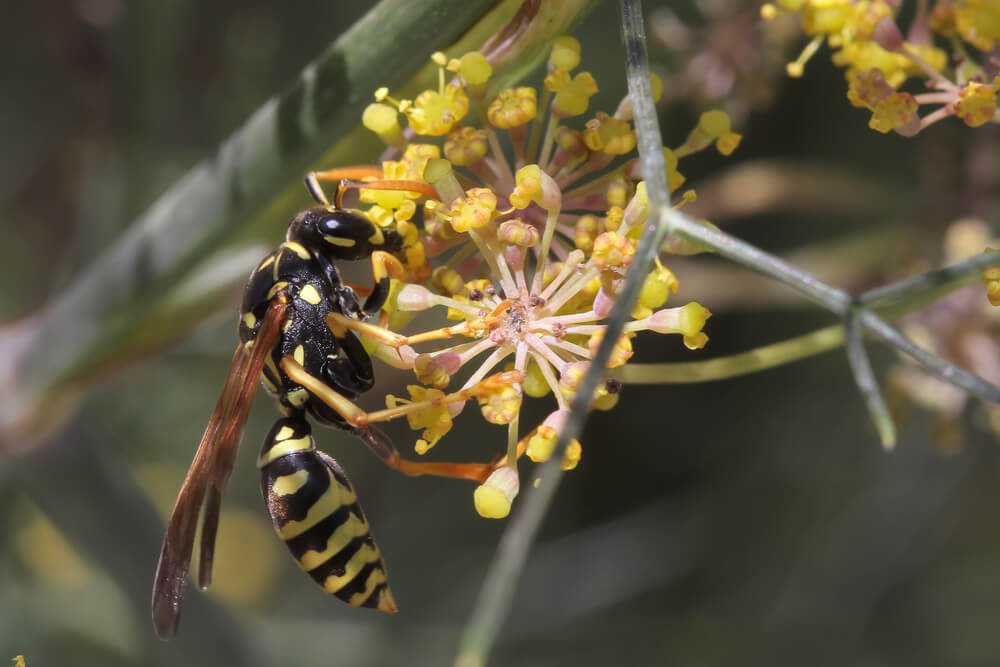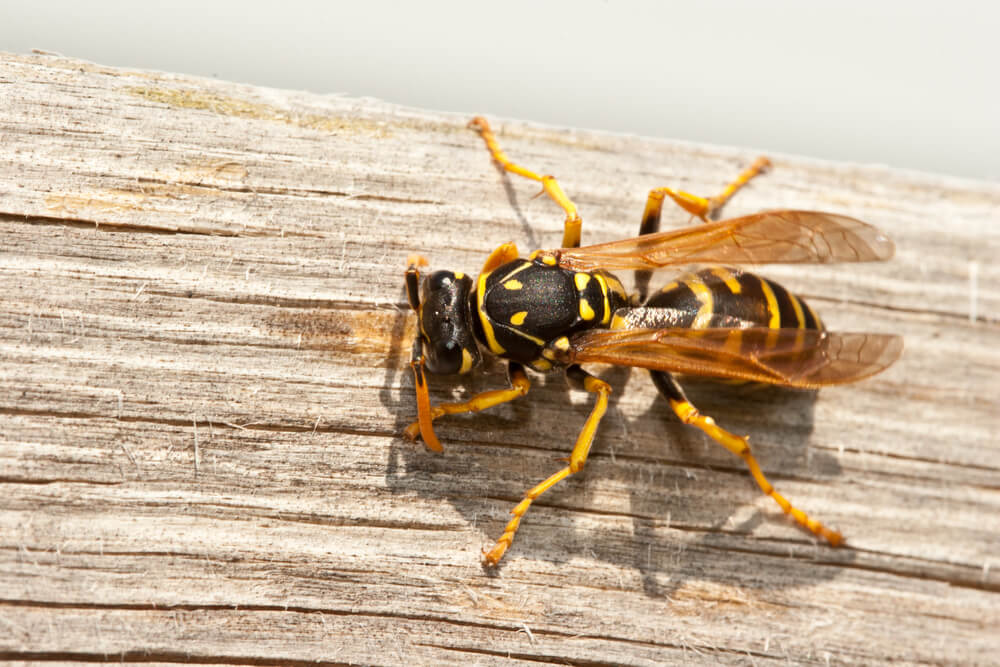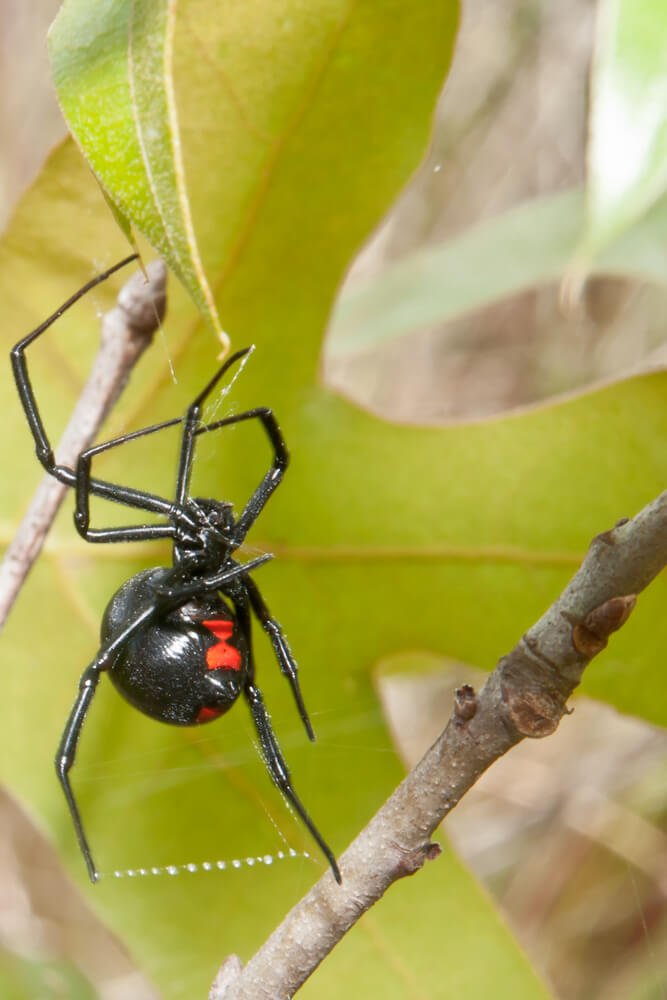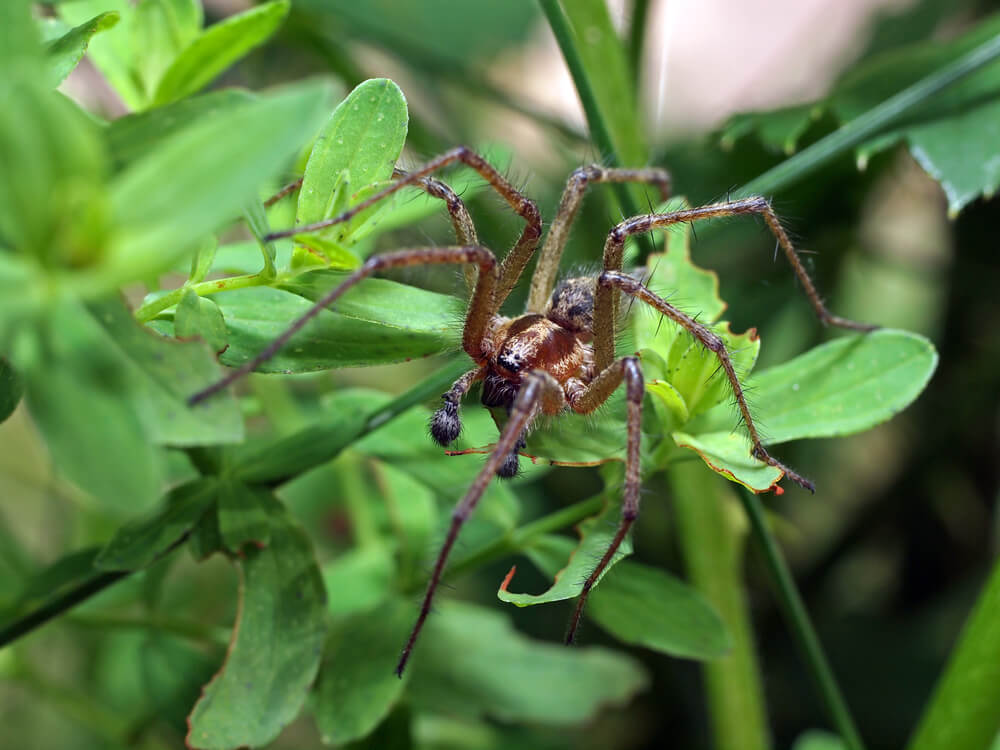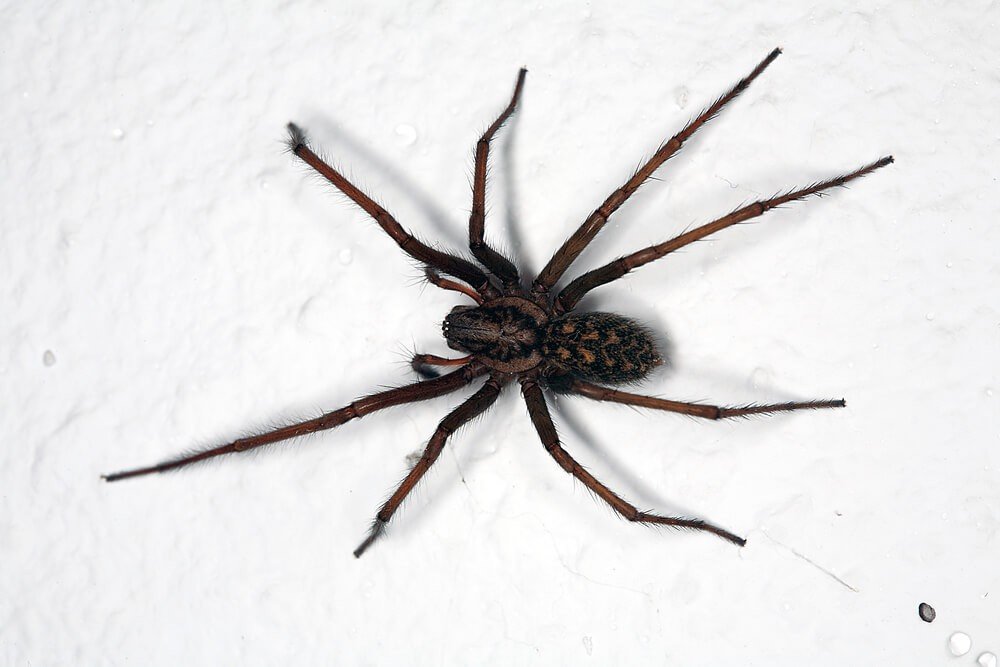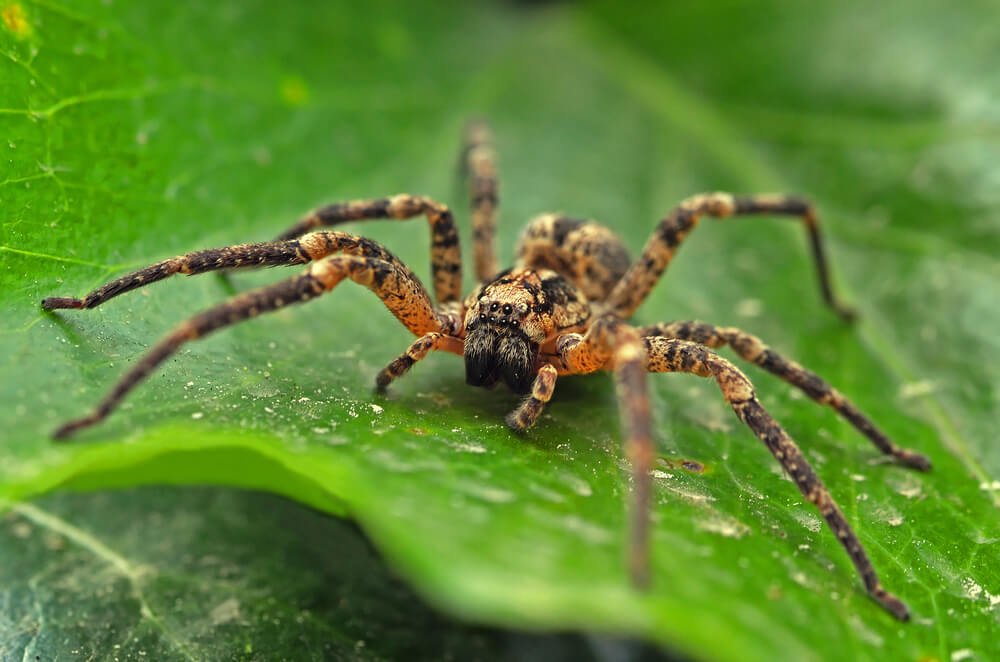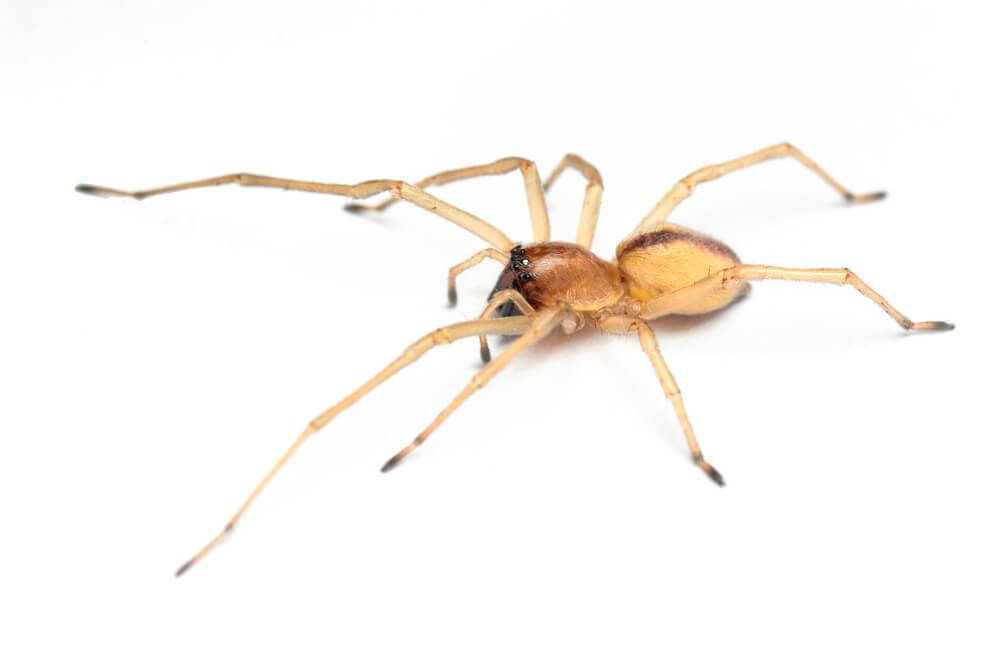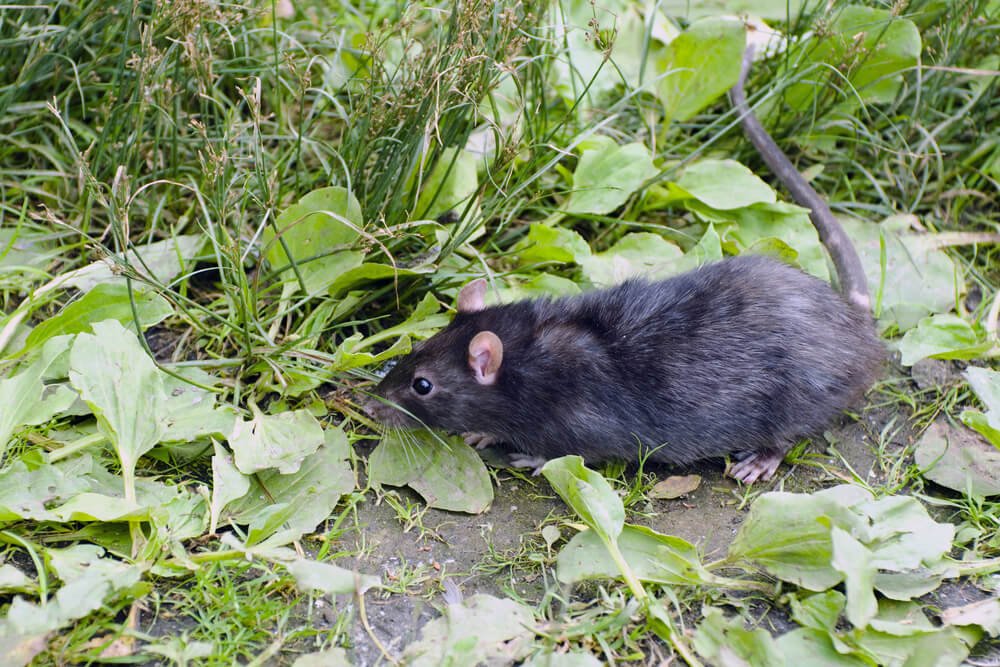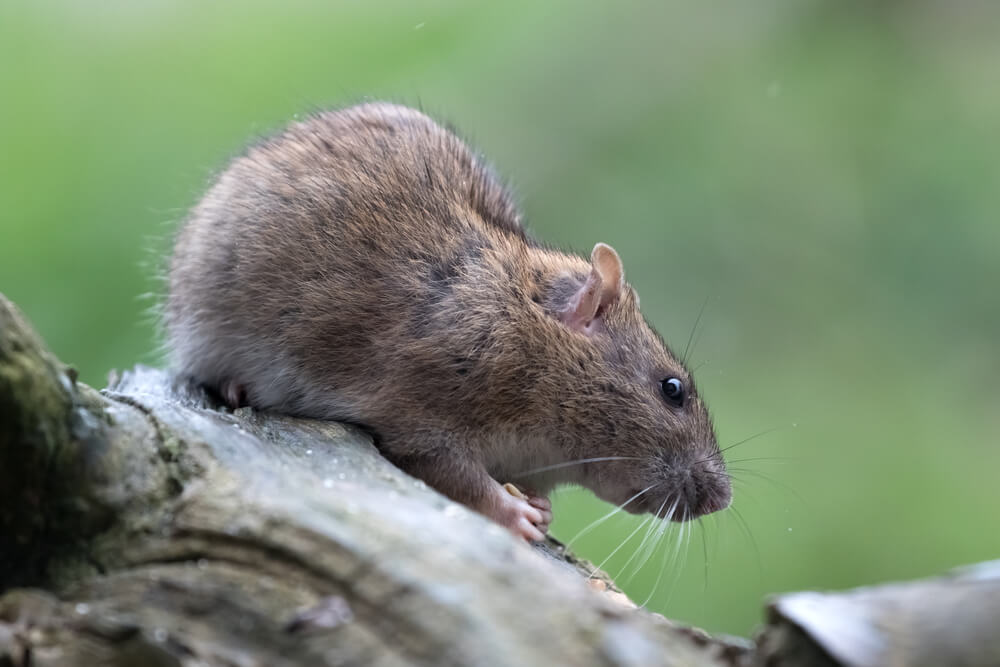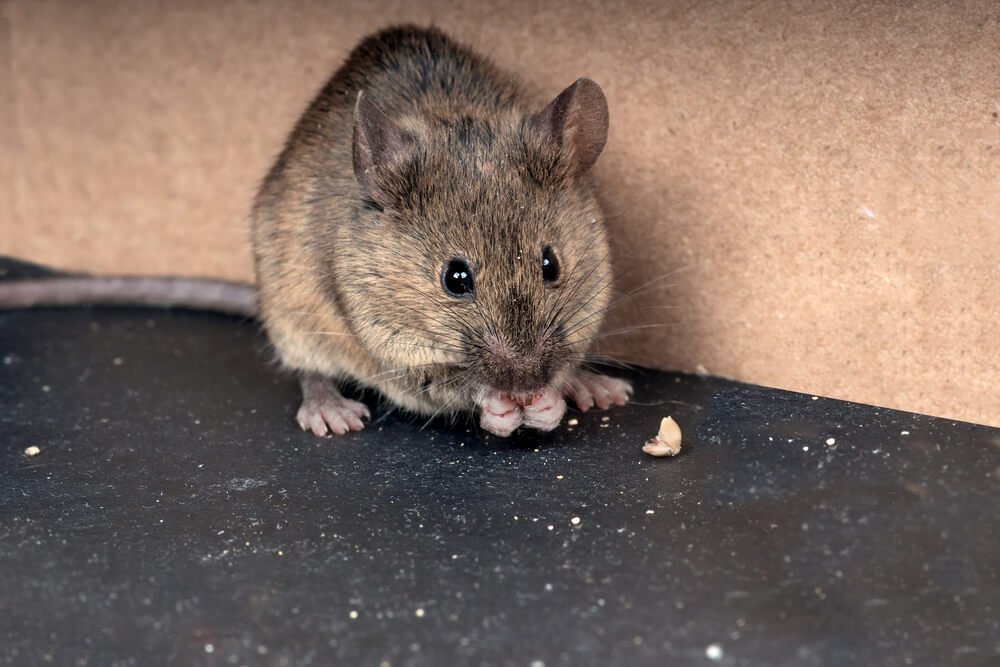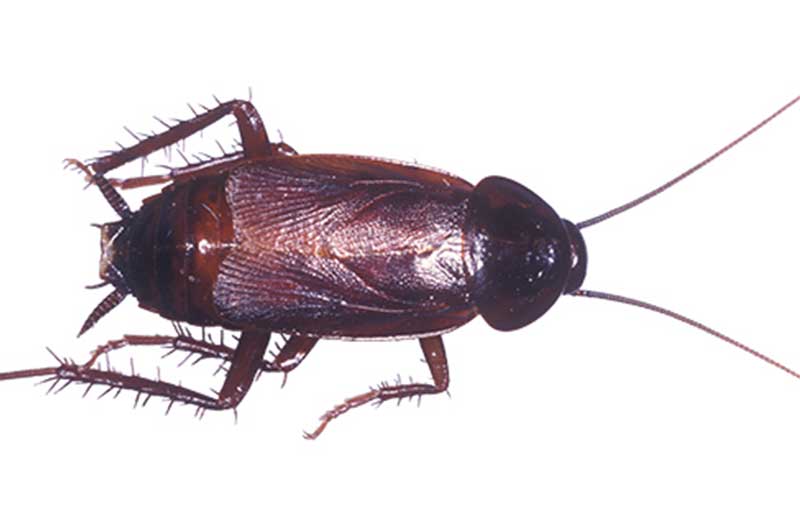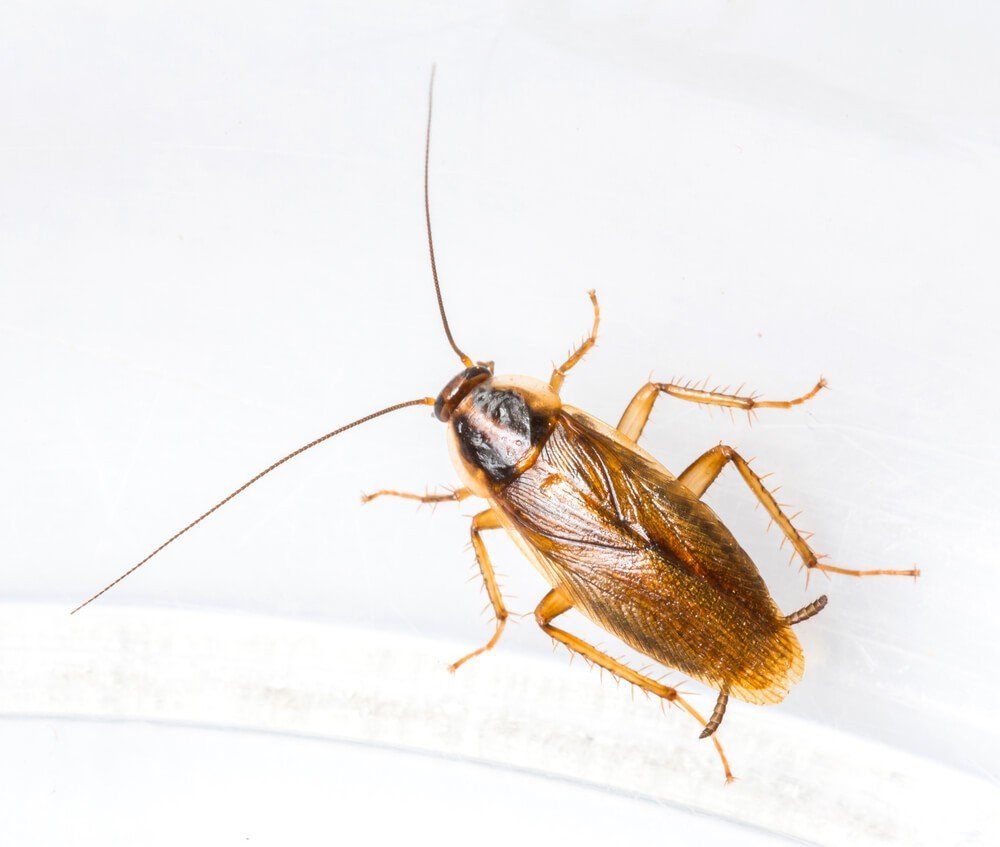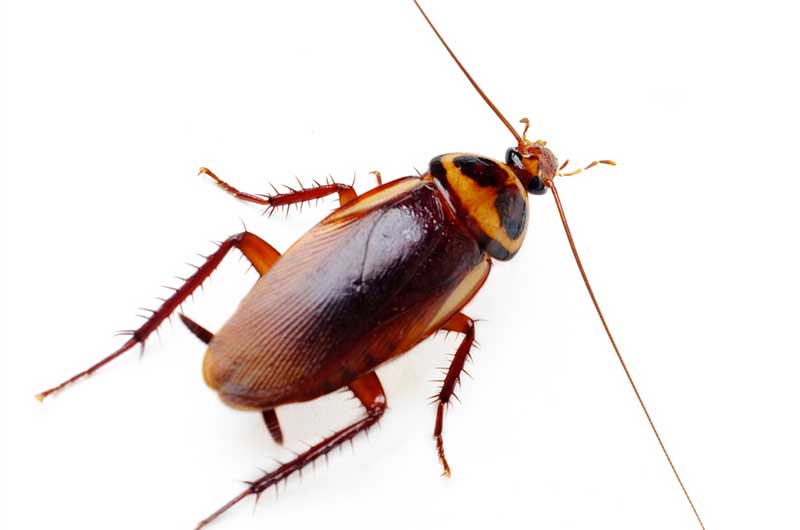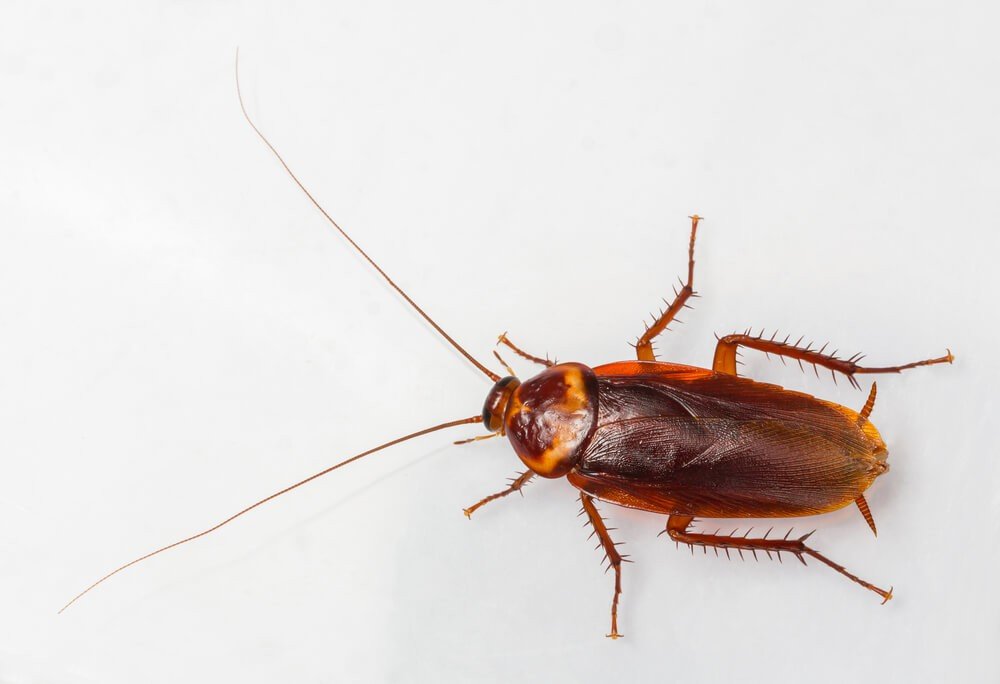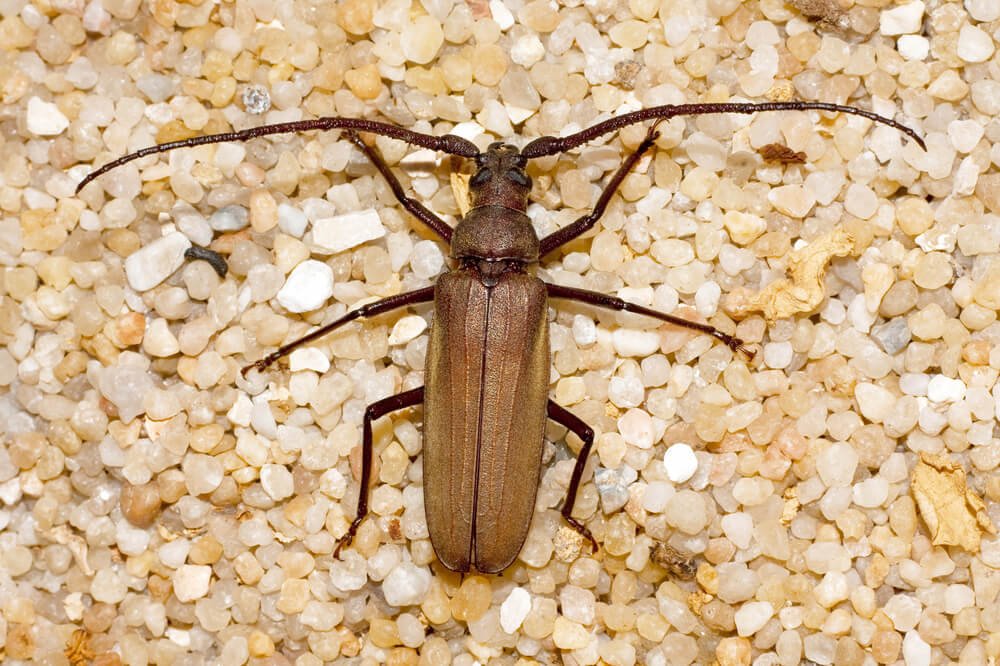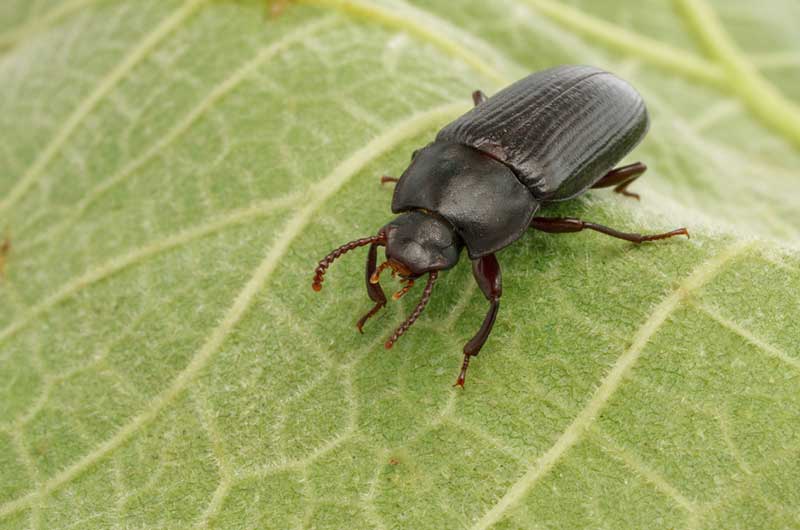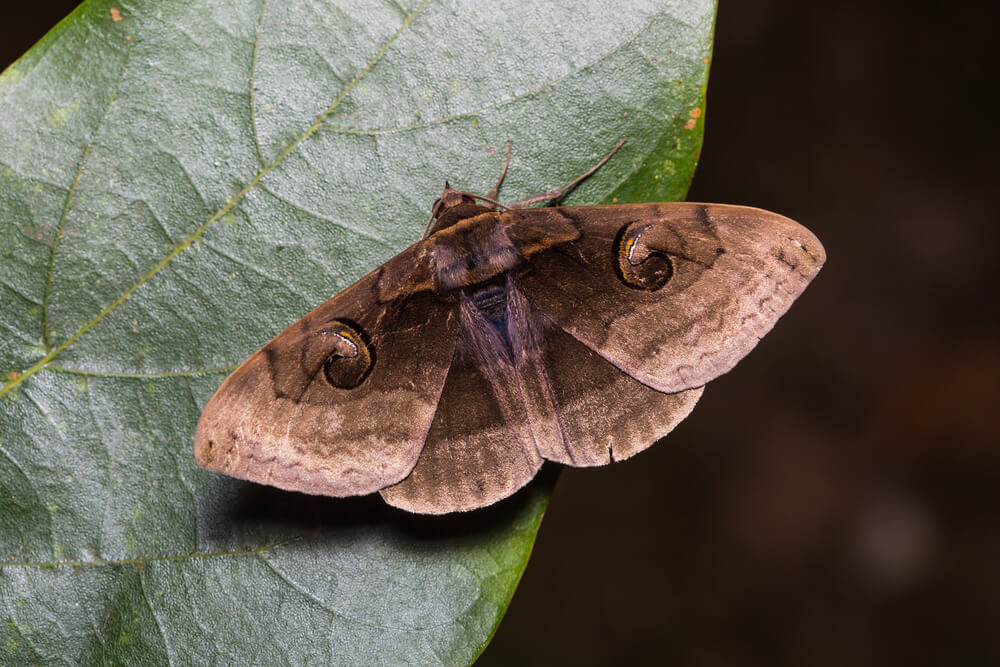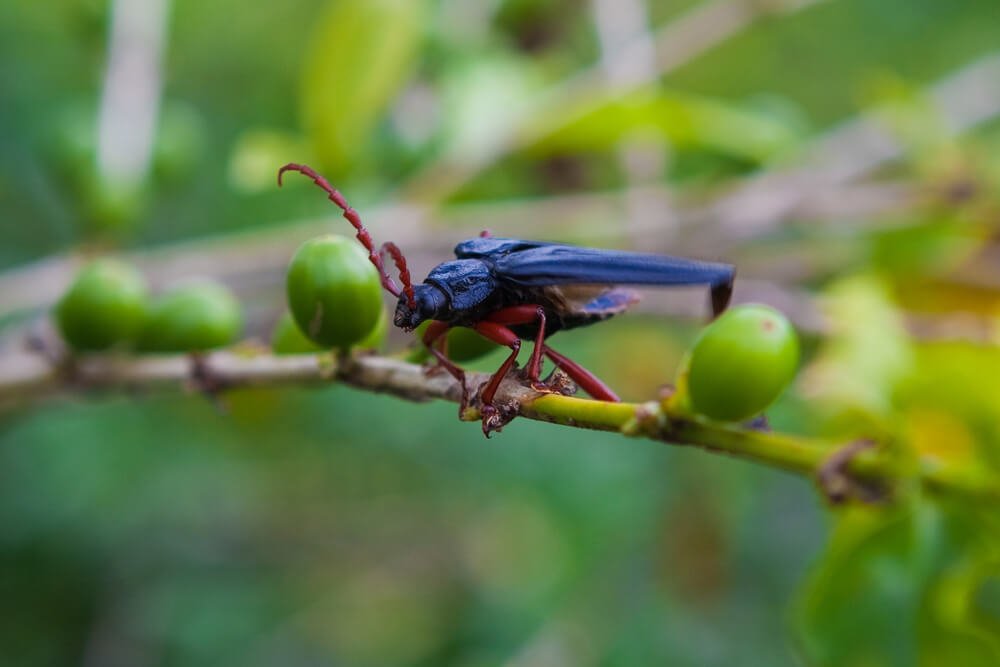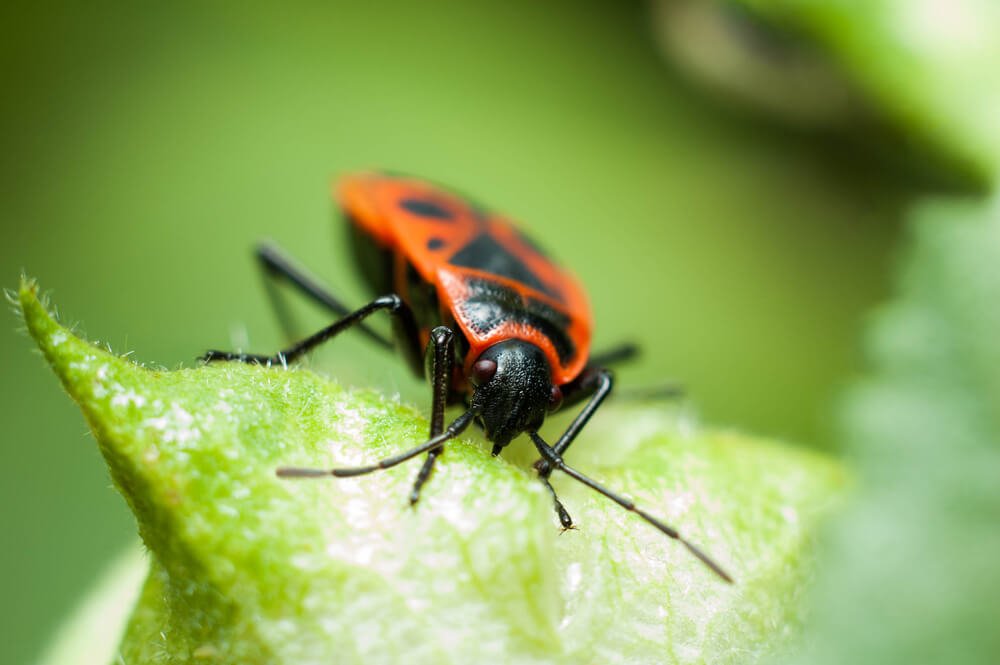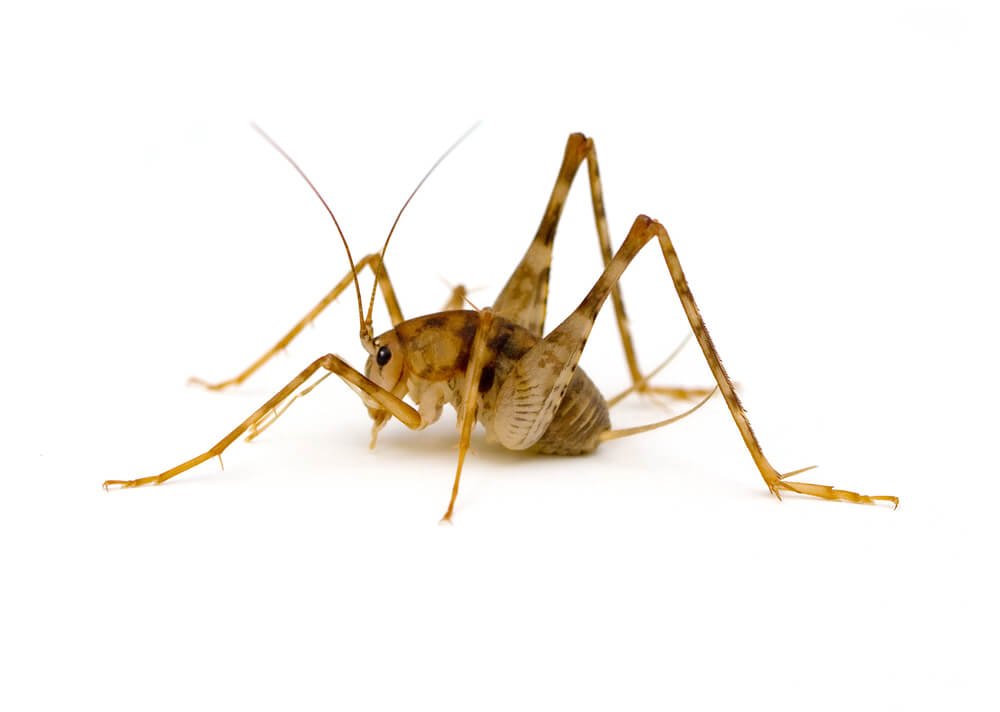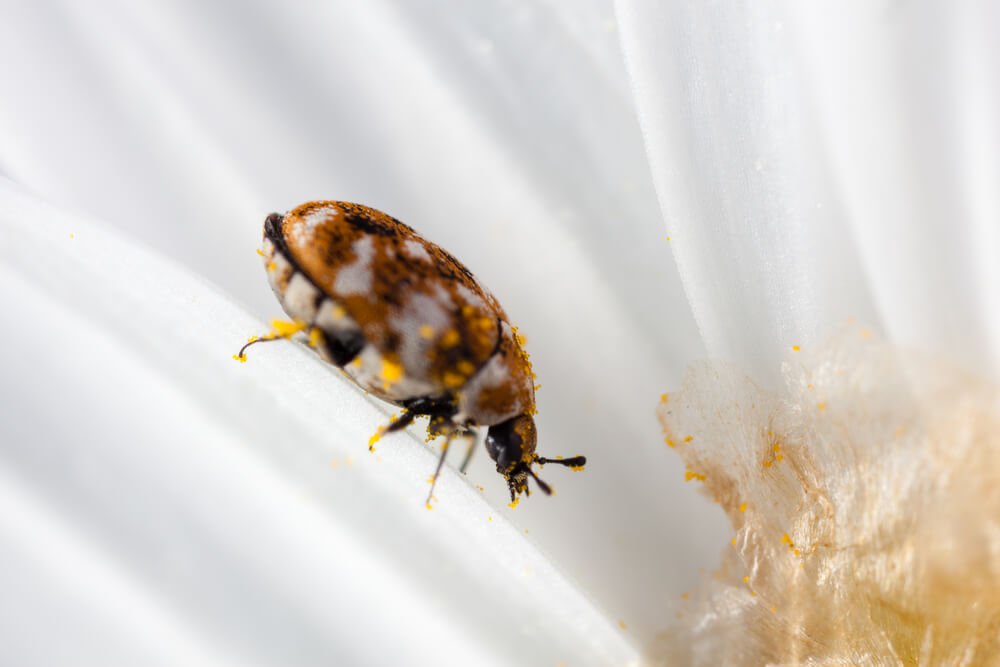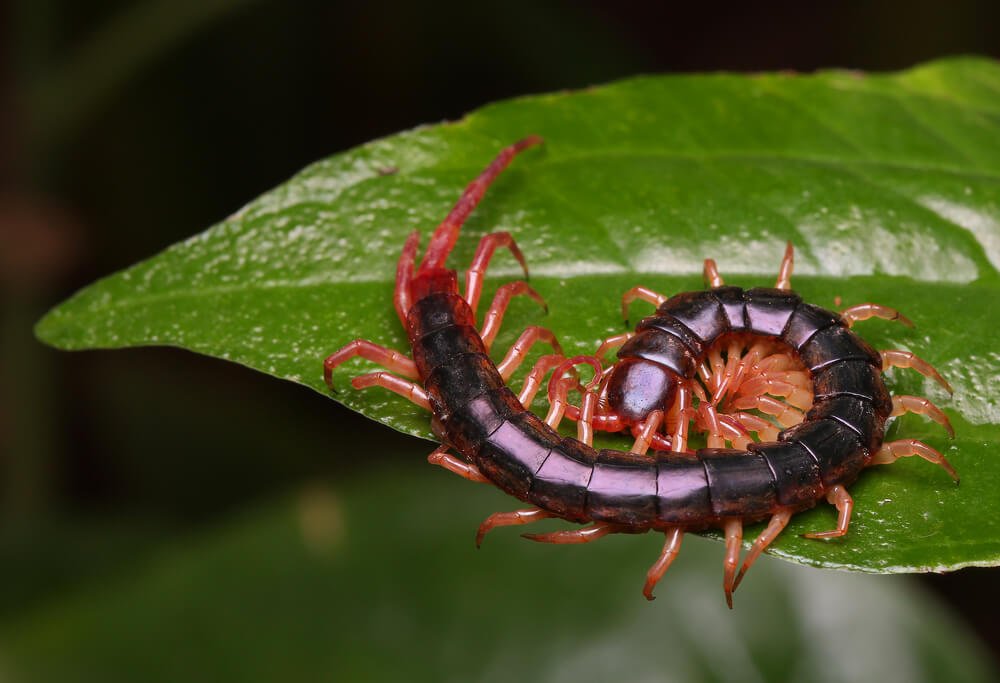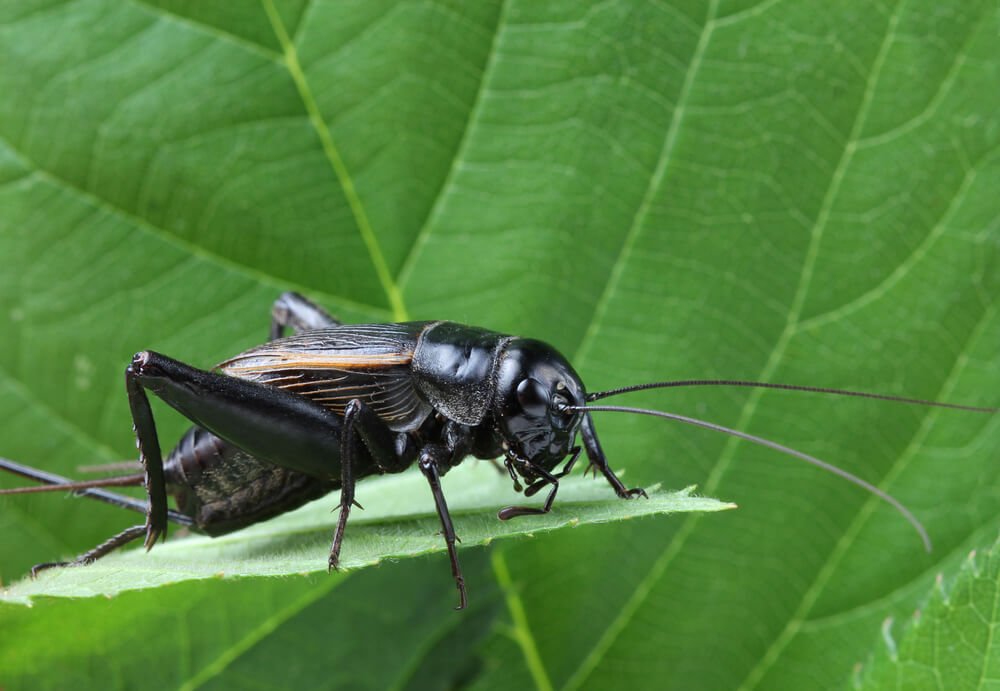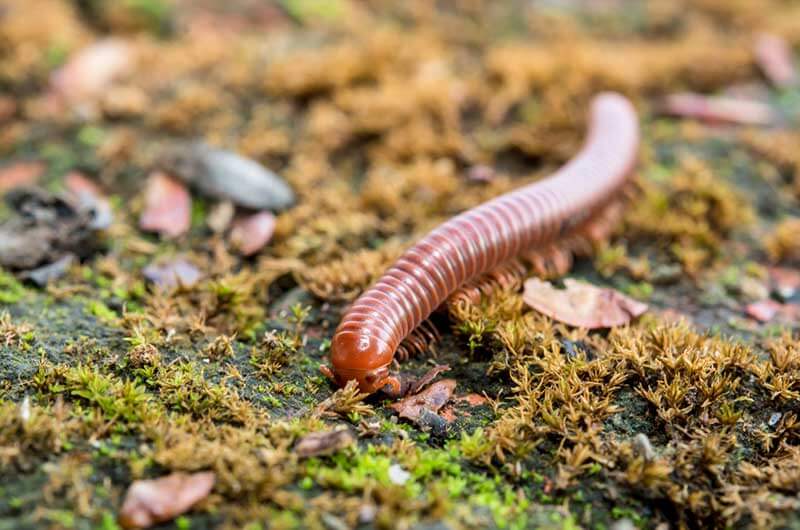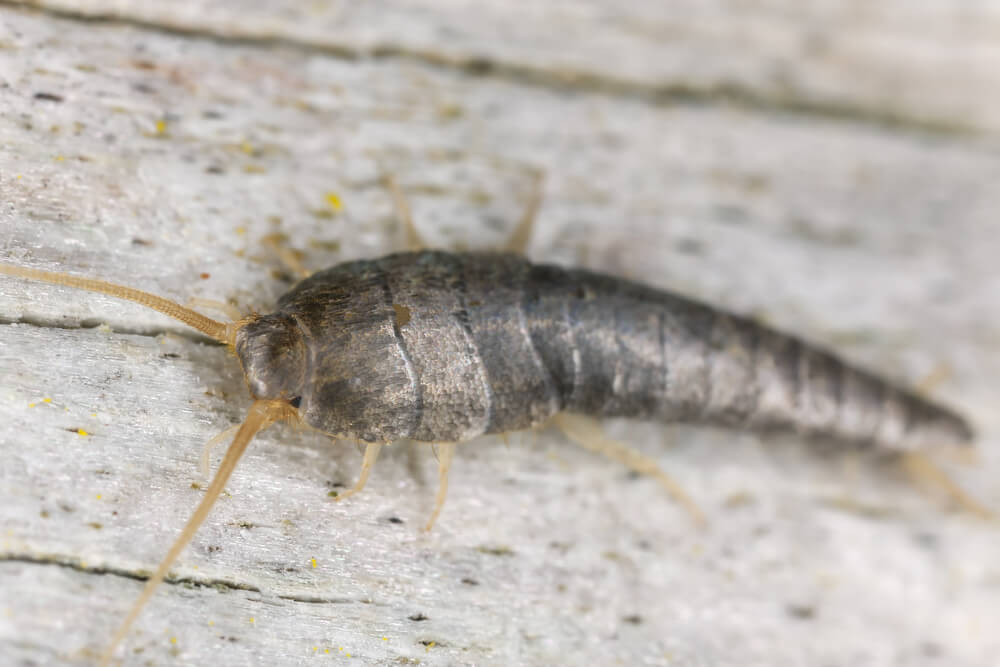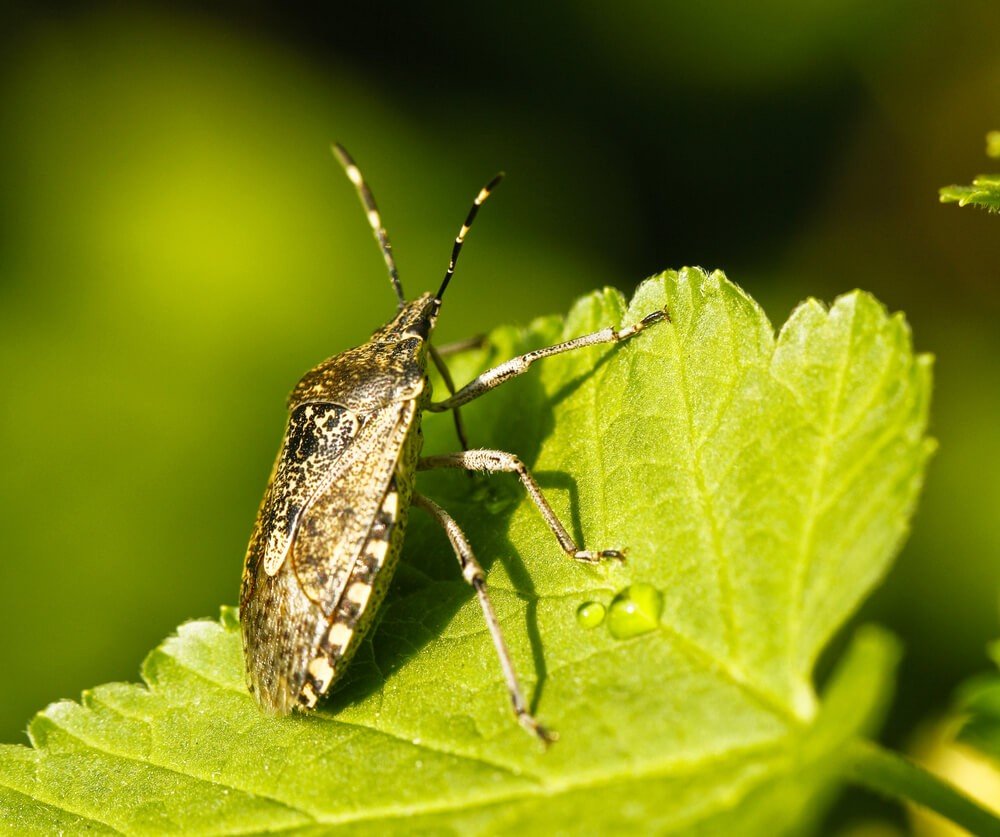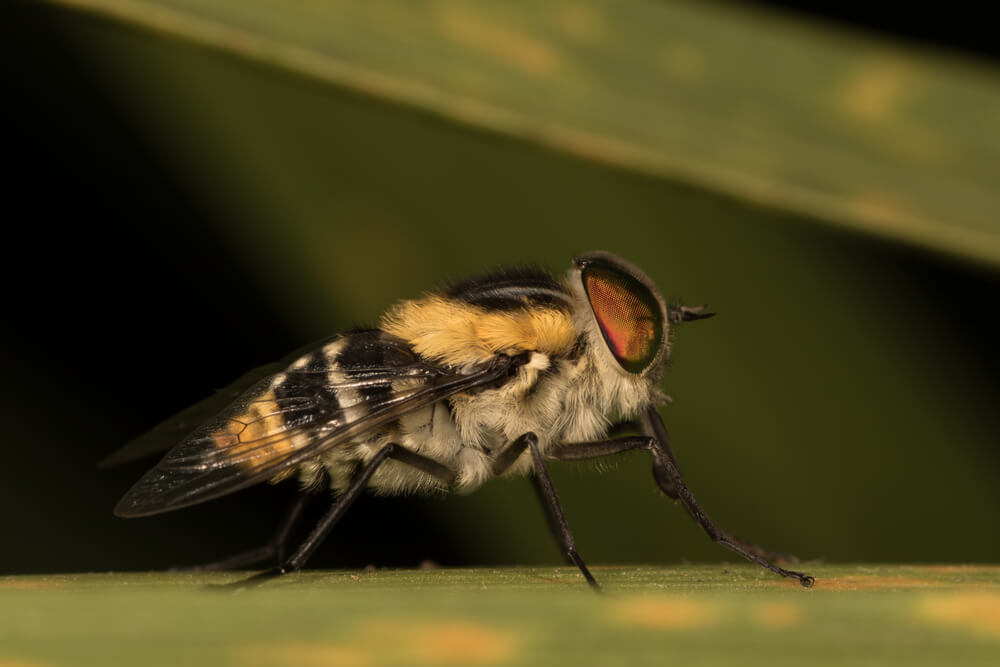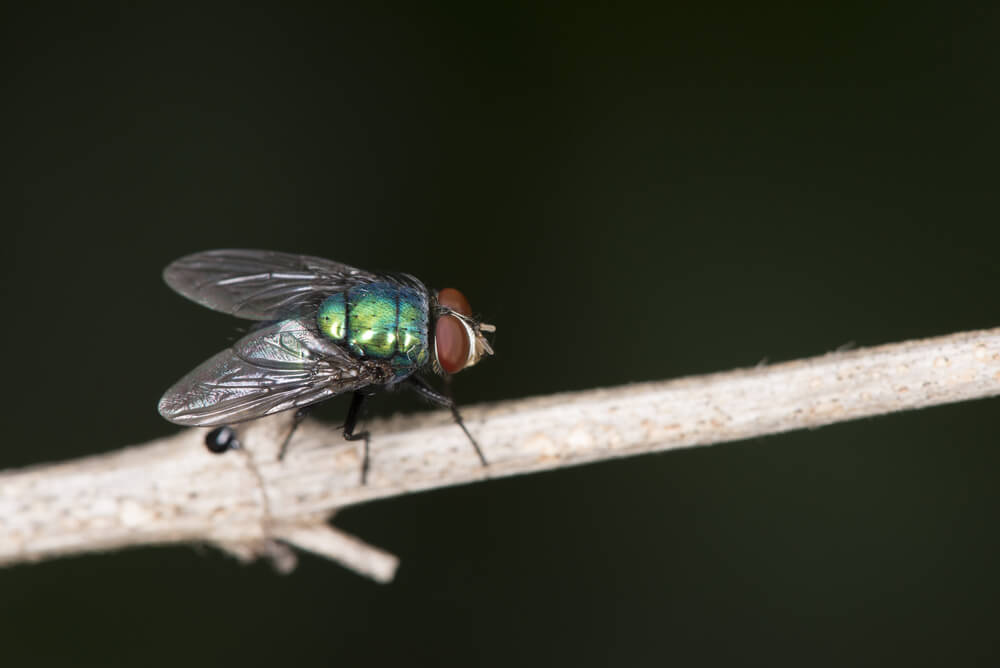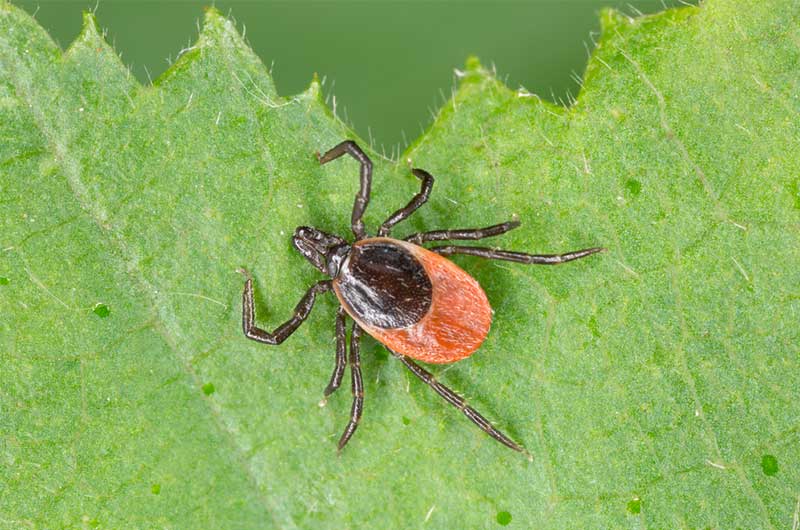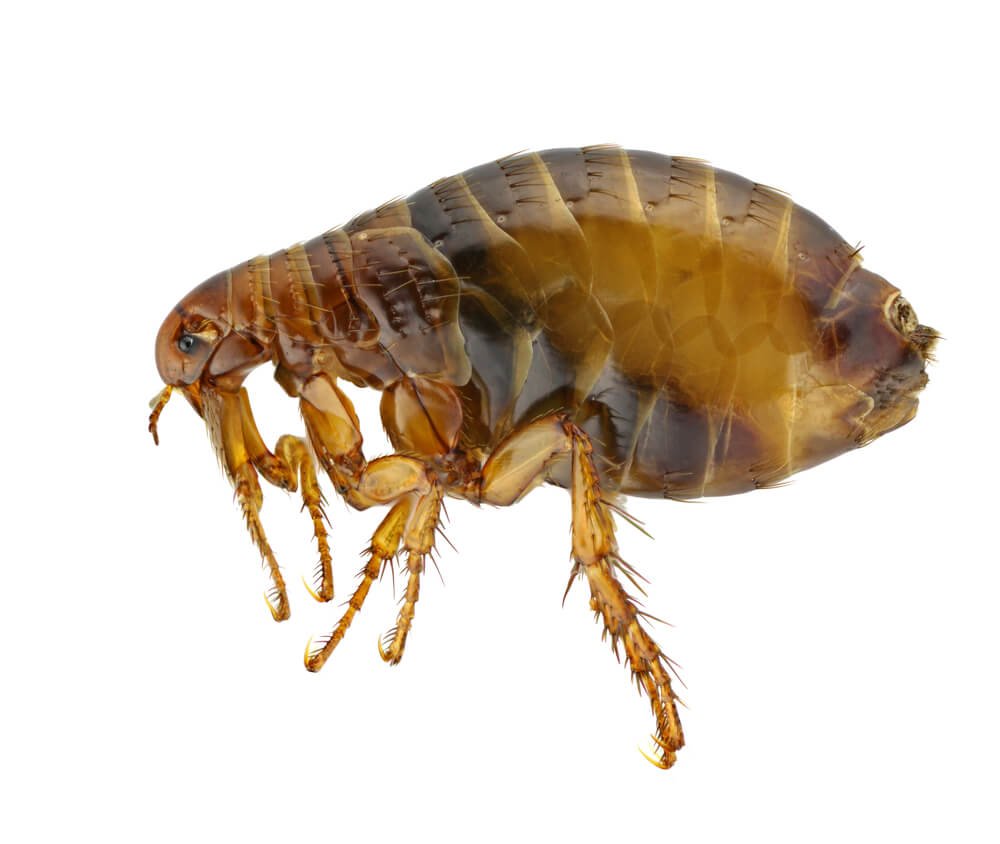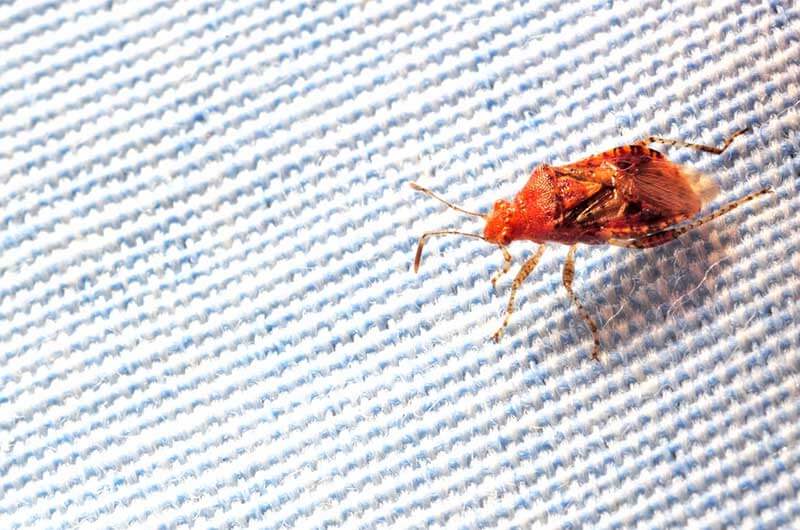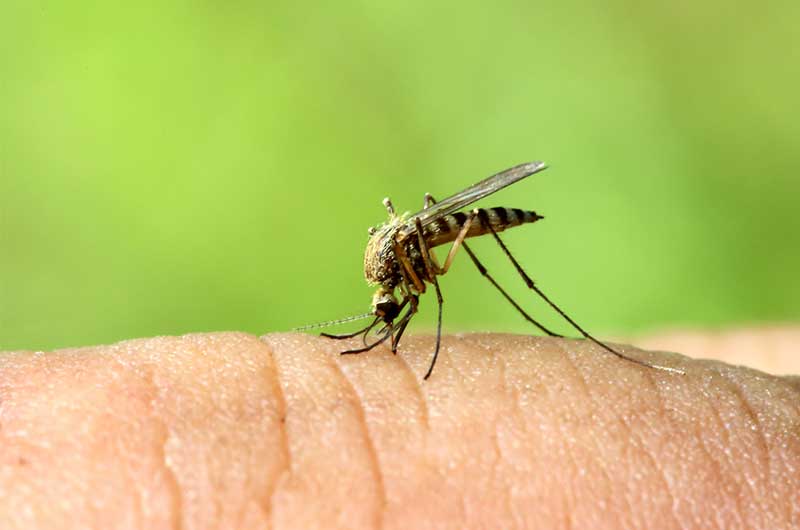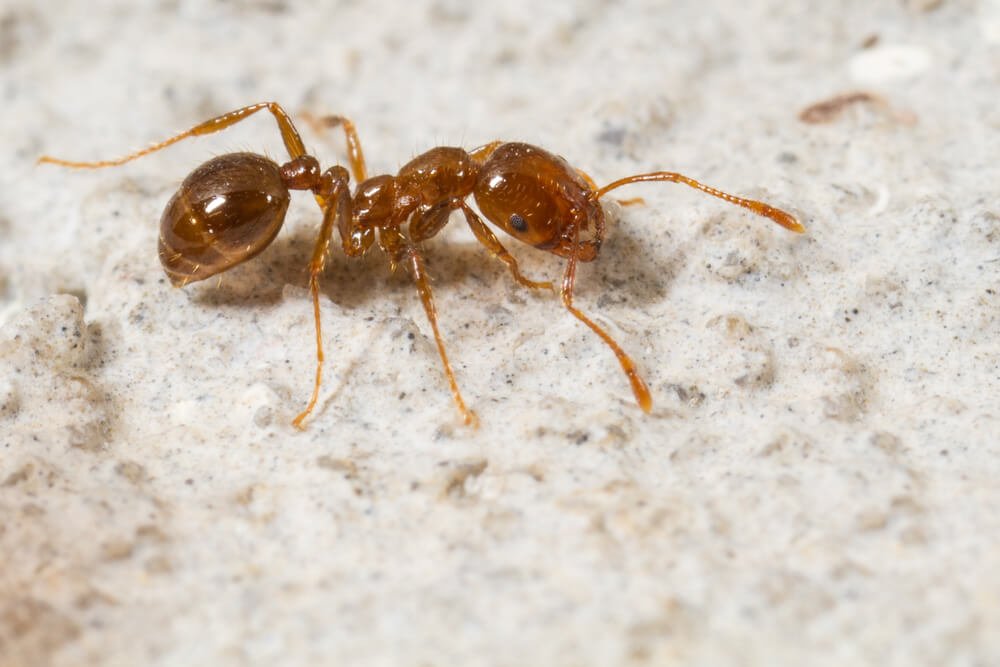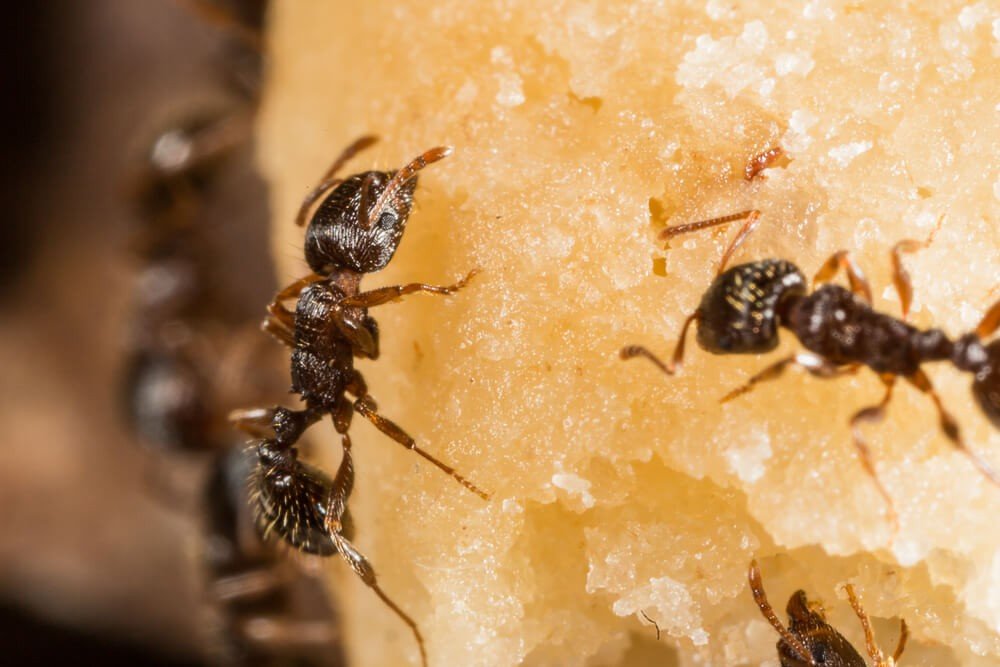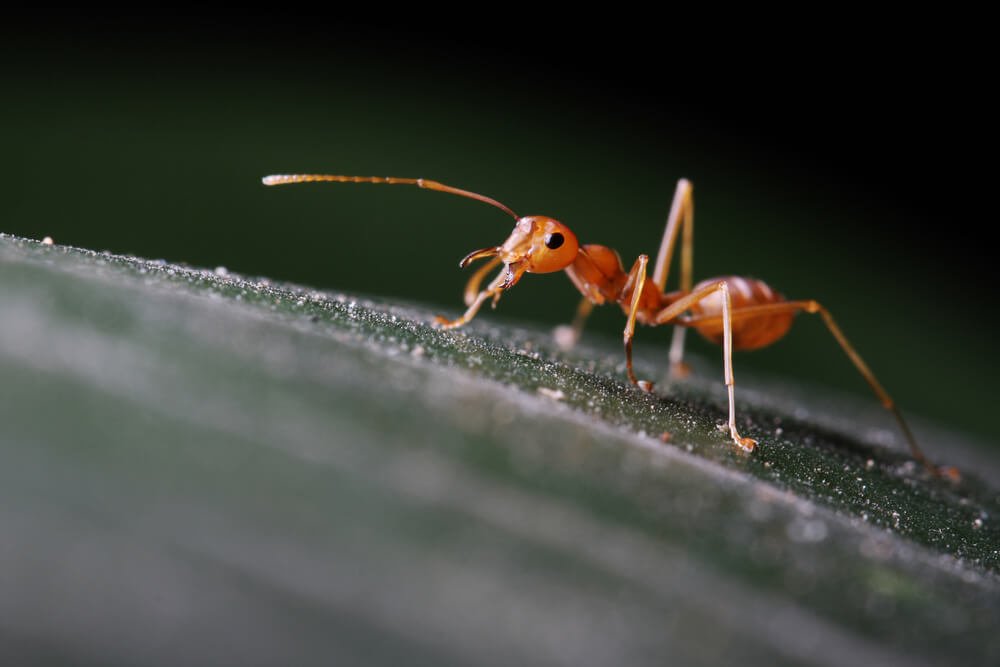Poisonous Virginia Caterpillars
There are four caterpillars found in Virginia that are poisonous to humans. The term “caterpillar” refers to the larval stage of a moth. While these adult moths are not poisonous, attention should still be paid since these moths will inevitably reproduce, creating a new generation of poisonous larvae.
Puss
The Puss caterpillar is named after the fact that it resembles a tiny Persian cat. These caterpillars are coated in a hair-like structure, giving them a puffed-up look. Their color ranges from a grayish white, to golden brown, to dark gray, and have a bright orange streak down their center. Unfortunately, their resemblance to a colorful cotton ball can encourage people to pick them, especially children!
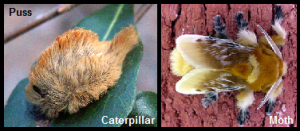 This is dangerous, as their “fur” contains venomous spines that cause extremely painful reactions if humans come into contact with it. The reactions are usually severe, with symptoms extending beyond the affected area. These symptoms include burning, swelling, nausea, headaches, rashes, blisters, and stomach pains. If contact occurs, the spines should be removed using tape, and an ice pack should be used to reduce swelling. Antihistamines have also been found to help. However, if symptoms include chest pain, numbness, and difficulty breathing, a medical professional should be sought out.
This is dangerous, as their “fur” contains venomous spines that cause extremely painful reactions if humans come into contact with it. The reactions are usually severe, with symptoms extending beyond the affected area. These symptoms include burning, swelling, nausea, headaches, rashes, blisters, and stomach pains. If contact occurs, the spines should be removed using tape, and an ice pack should be used to reduce swelling. Antihistamines have also been found to help. However, if symptoms include chest pain, numbness, and difficulty breathing, a medical professional should be sought out.
These caterpillar have an unusual pupal stage. Instead of making a cocoon, they separate from their “fur” and use it as a protective covering while transforming into a moth. Like their larva, these moths are also covered in long fur, including on their legs and feet. Their color ranges from a dull orange to a yellow, and their feet are black. The Puss caterpillar and moth are found on trees such as Oaks, Elms, and Citrus, as well as on garden plants such as Rose and Ivy.
Saddleback
The Saddleback caterpillar is brown with a green “blanket” on top. This “blanket” has a brown “saddle” in the center with a white ring around it, giving these caterpillars their name. They also have two pairs of big “horns”, one pair on each end of their body. These hairs are where their venom is secreted, and are known as irritating or “urticating” bristles. They also have a row of smaller bristles along each of their sides.
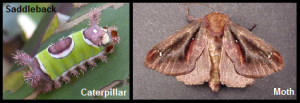 When stinging, the Saddleback caterpillars arch their backs in order to puncture their victim with as many spines as possible. Stings are very painful, and the venom causes symptoms including swelling, nausea, and a rash that can last for days. These stings don’t require a trip to the hospital, as an anti-itch cream is usually sufficient. As a moth, they are a dark brown color. The Saddleback caterpillar and moth feed on a large variety of plants, including grasses, shrubs, trees, and garden plants, and are native to eastern North America.
When stinging, the Saddleback caterpillars arch their backs in order to puncture their victim with as many spines as possible. Stings are very painful, and the venom causes symptoms including swelling, nausea, and a rash that can last for days. These stings don’t require a trip to the hospital, as an anti-itch cream is usually sufficient. As a moth, they are a dark brown color. The Saddleback caterpillar and moth feed on a large variety of plants, including grasses, shrubs, trees, and garden plants, and are native to eastern North America.
IO
The IO caterpillar molts through various larval stages. They go from a dark brown, to an orange, to a tan, and ending with a bright green color. As a green caterpillar, they have two horizontal stripes on each side, one red and one white. They are also covered in may spines, which is where their venom is located. This venom is released at the slightest touch, and causes a painful reaction. Some people may experience a severe reaction requiring medical attention (especially if it is an allergic reaction), while others may only experience an itching or burning sensation. Tape may be used to remove the spines, as well as an icepack to reduce swelling.
 While transforming into an adult, these caterpillars make their cocoons from course silk, with the females’ pupa being much larger than the males’. Adult moths are nocturnal and have a big black spot on each hind-wing that looks like a pair of eyes. This is used as a defense mechanism, by making these moths appear that they are looking at their predators, saving them from becoming prey. While both males and females have these “eye spots”, their colors vary slightly. Male moths are a bright yellow while female moths are a reddish brown. The IO caterpillar and moth have a huge geographic range, covering most of Canada and the U.S. Because of this, they eat a variety of tress, such as Willow, Elm, and Cherry, as well as clover and different grasses.
While transforming into an adult, these caterpillars make their cocoons from course silk, with the females’ pupa being much larger than the males’. Adult moths are nocturnal and have a big black spot on each hind-wing that looks like a pair of eyes. This is used as a defense mechanism, by making these moths appear that they are looking at their predators, saving them from becoming prey. While both males and females have these “eye spots”, their colors vary slightly. Male moths are a bright yellow while female moths are a reddish brown. The IO caterpillar and moth have a huge geographic range, covering most of Canada and the U.S. Because of this, they eat a variety of tress, such as Willow, Elm, and Cherry, as well as clover and different grasses.
Buck
The Buck caterpillar is a very colorful insect. They can range from a yellow/brown to purplish/black, and have white spots on their body and a reddish head. They are covered in hollow spines that are attached to a poison sac. If contact occurs, symptoms from the poison include itching, nausea, and burning sensations. Medical attention is only required in severe cases, such as when the person stung has an allergic reaction to the poison.
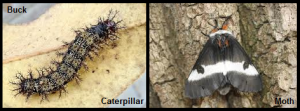 Buck caterpillars will enter the soil to pupate, before emerging as adult moths. These moths are active during the day, and are black with a narrow white band in the center of each wing. The tip of their abdomen is red in males. IO caterpillars and moths are usually found in Oak forests in the Eastern and Midwestern part of the U.S., but will also eat Willow and other types of wood.
Buck caterpillars will enter the soil to pupate, before emerging as adult moths. These moths are active during the day, and are black with a narrow white band in the center of each wing. The tip of their abdomen is red in males. IO caterpillars and moths are usually found in Oak forests in the Eastern and Midwestern part of the U.S., but will also eat Willow and other types of wood.






